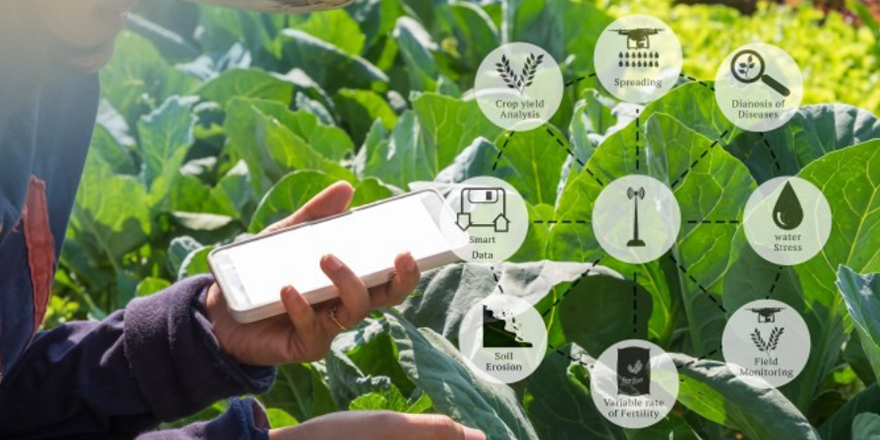Executive summary
The purpose of this study is to explore if there is a “disconnect” between Fonterra farmers and their Co-operative and in particular the Fonterra Shareholders’ Council. As a body one of its primary roles is to represent farmer share holder views – which raises the question of how effective it can be if there is a problem connecting broadly with the shareholder base.
What has seemed to work well in the past has been more difficult to replicate due to the consolidation of the dairy industry from many smaller regional dairy companies. This provided shareholders with incredible access not only to the factory but also the directors and management of their Co-op.
The issue of engagement is not an issue that is isolated to Fonterra or the Fonterra Shareholders’ Council. Other sectors in the primary industry in New Zealand have similar challenges in keeping engaged with its farmer base. Whether it be Dairy NZ, Beef and Lamb NZ, the Deer industry or Fonterra – all have explored ways to engage their farmers through segmentation strategies. (Bell, 2013)
For example in 2004 Colmar Brunton sent out surveys via mail and email to 14,548 Fonterra farmers. A total of 34.4% responded. Utilising statistical techniques they conducted a segmentation of farmers. This breaks farmers up into five key groups based on their attitude to dairy farming and the industry.
- Strategic Investors (16% of farmers, 16% of Milk Solids)
- Progressive Optimists (24% of farmers, 35% of Milk Solids
- Passive Smaller Players (20% o f farmers, 18% of Milk Solids)
- Sitters (19% of farmers, 14% of Milk Solids)
- Striving Young Farmers (22% of farmers, 17% of Milk Solids) (Colmar Brunton, 2004)
One of the issues seen in all these groups is that farmers are a diverse group of people and will engage at different levels for different reasons. I will not explore segmentation in this report except that it is something we must acknowledge if we are to engage farmers effectively. If we want to represent their views then they will need to be engaged and communicated with on a number of different levels that reflect where they are at in the segment. For example: Passive small players felt that Fonterra was doing a reasonable job in their eyes and they have enough information and are not hoping to get more involved with their co-op. Therefore targeting this group with more information would not be as successful as targeting the Progressive optimists – for example.
There also seemed to be a need to understand farmer engagement better and explore if the disconnect was in fact real and to what extent. It is also important that the farmer define engagement . In other words what engagement looks like to them; at what level and how d o they want to be engaged. As a body the Fonterra Shareholders’ Council may have a preconceived idea of what engagement look s like but is that how farmers see it?
In order to do this a qualitative survey was carried out with 8 Fonterra farmers in Hamilton Ward 6. The survey was conducted by way of face-to-face interviews around the kitchen table on the farmers’ farms. There was a range of age, farm size, cow numbers milked and farm systems within the ward.
Although this method uncovered some great insights around engagement that could be compared throughout the country it is also acknowledged that each ward or at least region is unique and will face different issues. However there are trends that are likely to be similar throughout the country. For example: the Colmar Brunton survey the segmentation results were broken down by each ward throughout the country (at the time there were 25 wards). In every ward each of the segments were represented therefore indicating that issues regarding engagement are relevant throughout the country. (Colmar Brunton, 2004)
Overall my survey showed that although some farmers do feel somewhat disconnected from their Co-op, as it has evolved over time, there are others who are happy with their level of engagement and connectedness. However it was clear from all those interviewed that more work needs to be done on communicating timely relevant information for farmers to give them the trust and confidence they require of the group charged to represent them.
Ross Wallis



